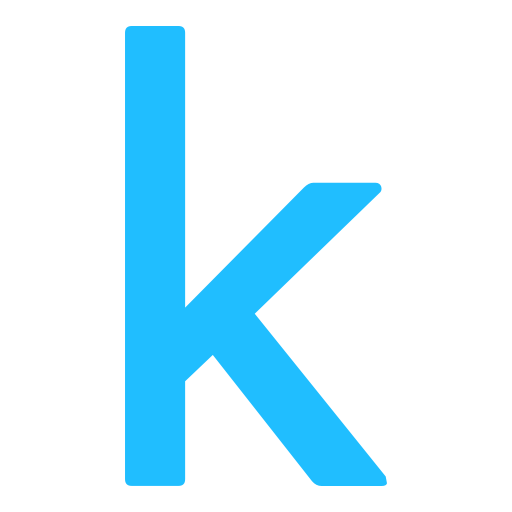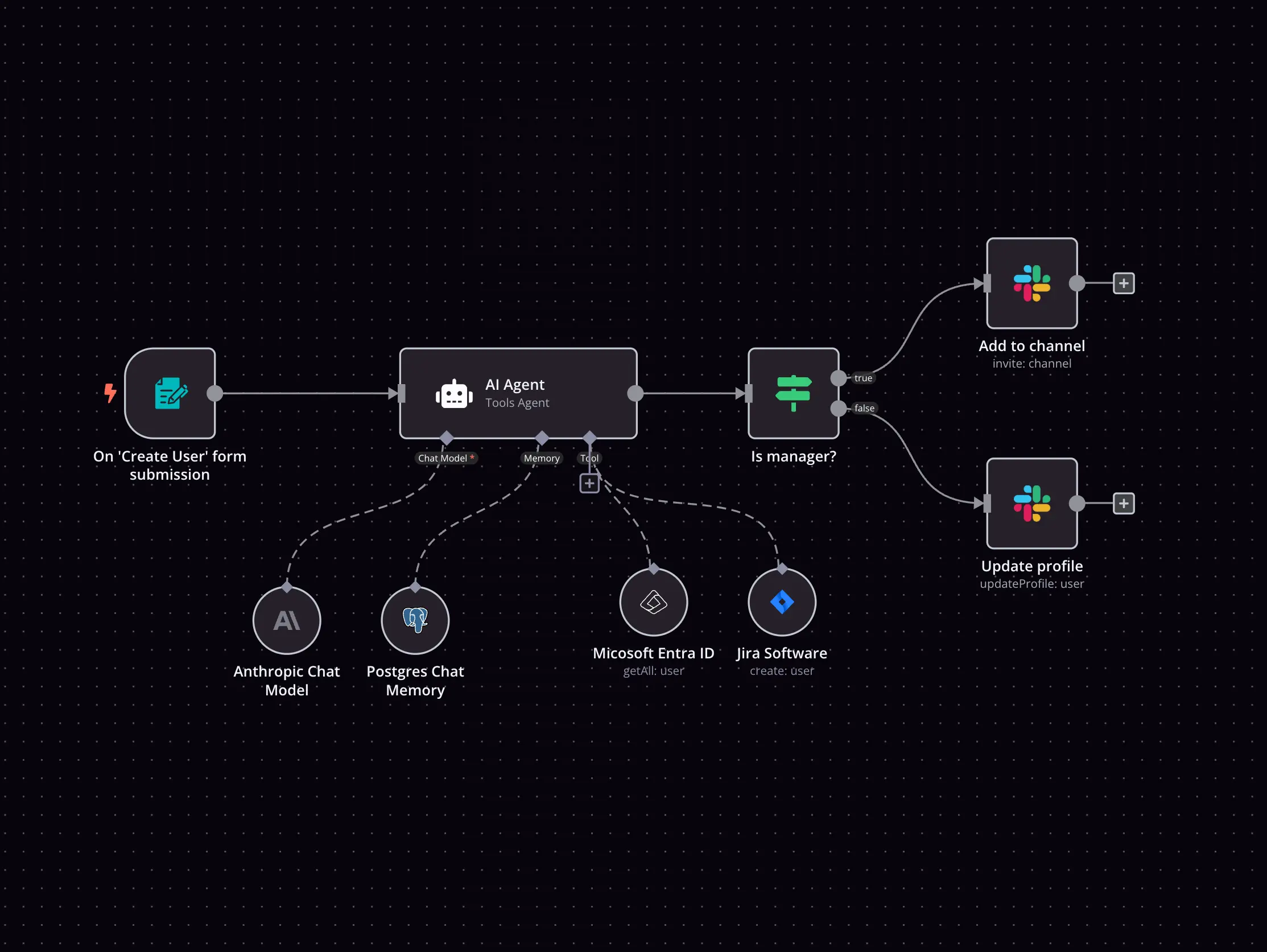Abstract and Kaggle integration
Save yourself the work of writing custom integrations for Abstract and Kaggle and use n8n instead. Build adaptable and scalable Development, workflows that work with your technology stack. All within a building experience you will love.


How to connect Abstract and Kaggle
Create a new workflow and add the first step
In n8n, click the "Add workflow" button in the Workflows tab to create a new workflow. Add the starting point – a trigger on when your workflow should run: an app event, a schedule, a webhook call, another workflow, an AI chat, or a manual trigger. Sometimes, the HTTP Request node might already serve as your starting point.
Build your own Abstract and Kaggle integration
Create custom Abstract and Kaggle workflows by choosing triggers and actions. Nodes come with global operations and settings, as well as app-specific parameters that can be configured. You can also use the HTTP Request node to query data from any app or service with a REST API.
Supported API Endpoints for Abstract
Get IP Geolocation
Geolocate any IP worldwide.
Get Company Data
Get data on any domain or company.
Get Exchange Rates
Get and convert exchange rates.
Get Time and Date
Get any date and timezone globally.
Get Public Holidays
Get holidays for any country.
Get Website Screenshot
Get a screenshot of any URL.
Compress Image
Compress and optimize an image.
Extract Data from Website
Extract data from any website.
Create User Avatar
Create flexible user avatars.
Validate Email Address
Validate email addresses.
Validate Phone Number
Validate phone numbers.
Validate VAT
Comply with VAT laws.
Validate IBAN
Validate IBAN codes.
Convert time
Convert the time and date of one timezone into another.
Get current time
Retrieve the current time for a specified location.
Convert time
Convert time from one location to another at a specified time.
Retrieve holidays
Retrieve religious, non-public and public holidays for 200+ countries worldwide and for any specific year.
To set up Abstract integration, add the HTTP Request node to your workflow canvas and authenticate it using a generic authentication method. The HTTP Request node makes custom API calls to Abstract to query the data you need using the API endpoint URLs you provide.
See the example hereThese API endpoints were generated using n8n
n8n AI workflow transforms web scraping into an intelligent, AI-powered knowledge extraction system that uses vector embeddings to semantically analyze, chunk, store, and retrieve the most relevant API documentation from web pages. Remember to check the Abstract official documentation to get a full list of all API endpoints and verify the scraped ones!
Supported API Endpoints for Kaggle
List competitions
List available competitions
List competition files
List competition files
Download competition files
Download competition files
Submit to a competition
Make a new competition submission
List competition submissions
Show your competition submissions
List datasets
List available datasets.
List files
List dataset files.
Download dataset files
Download dataset files.
Create dataset
Create a new dataset after initializing metadata.
Create dataset version
Create a new version of an existing dataset with version notes.
Download metadata
Download metadata for an existing dataset using its URL suffix.
Get dataset creation status
Get the status of the dataset creation process using its URL suffix.
List kernels
List available kernels based on specified filters.
Initialize kernel metadata
Initialize metadata for a new kernel setup.
Push code to kernel
Push new code to a kernel and execute it.
Pull code from kernel
Pull down the latest code from a kernel.
Get kernel output
Retrieve data output from the latest run of a kernel.
Get kernel run status
Display the status of the latest kernel run.
Get model
Retrieve a specific model using its URL suffix.
List models
Get a list of models with optional sorting and filtering.
Initialize model metadata
Create a metadata file for a new model.
Create model
Create a new model with specified metadata.
Delete model
Delete a model using its URL suffix.
Update model
Update a model by fetching its metadata file first.
Get model instance
Retrieve a model instance using its URL suffix.
Initialize model instance
Initialize a metadata file for creating a model instance.
Create model instance
Create a new model instance after initializing metadata file.
Delete model instance
Delete a model instance using its URL suffix.
Update model instance
Update a model instance after fetching its metadata file.
Create model version
Create a new version for a model instance.
Download model instance version
Download a model instance version using its specific URL suffix.
Delete model instance
Delete a model instance version using its specific URL suffix.
View current config values
View the current configuration values set in the system.
Set a configuration value
Set a new value for a specific configuration parameter.
Clear a configuration value
Clear an existing configuration value by name.
To set up Kaggle integration, add the HTTP Request node to your workflow canvas and authenticate it using a generic authentication method. The HTTP Request node makes custom API calls to Kaggle to query the data you need using the API endpoint URLs you provide.
See the example hereThese API endpoints were generated using n8n
n8n AI workflow transforms web scraping into an intelligent, AI-powered knowledge extraction system that uses vector embeddings to semantically analyze, chunk, store, and retrieve the most relevant API documentation from web pages. Remember to check the Kaggle official documentation to get a full list of all API endpoints and verify the scraped ones!
Abstract and Kaggle integration details

Abstract
The Abstract app helps streamline the building process by tackling common obstacles such as verifying emails, locating IP addresses, validating phone numbers, and enhancing company information, enabling users to work more efficiently and quickly.
Related categories
FAQ
Can Abstract connect with Kaggle?
Can I use Abstract’s API with n8n?
Can I use Kaggle’s API with n8n?
Is n8n secure for integrating Abstract and Kaggle?
How to get started with Abstract and Kaggle integration in n8n.io?
Looking to integrate Abstract and Kaggle in your company?
The world's most popular workflow automation platform for technical teams including
Why use n8n to integrate Abstract with Kaggle
Build complex workflows, really fast


